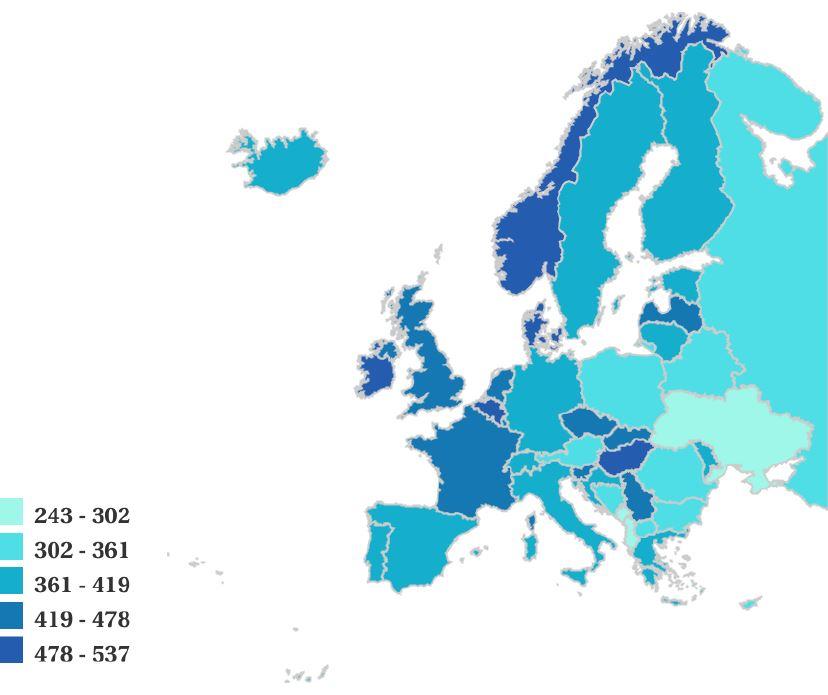
Cancer may seem to strike European citizens randomly, but there is actually great variation across Europe in incidence, mortality, and survival.
In 2018, 3.9 million new cases of cancer (all types, excluding non-melanoma skin cancer) and over 1.9 million cancer deaths are estimated in Europe.
A high proportion of this burden (53% of new cancer cases and 56% of cancer deaths) will affect the male population. Cancer incidence is highest in the Northern European region.
On the occasion of the World Cancer Day, the JRC launched the European Cancer Information System (ECIS), which makes it possible to explore geographical patterns and temporal trends of cancer incidence, mortality, and survival from data submitted by some 150 European population-based cancer registries, residing in 25 EU Member States and 7 non-EU European countries (Serbia, Bosnia and Herzegovina, Ukraine, Belarus, Iceland, Norway and Switzerland ). This data, covering 65% of the EU population, has thus far been dispersed at country or even regional level, making any Europe-wide comparisons or statistics difficult to obtain.
Tibor Navracsics, Commissioner for Education, Culture, Youth and Sports, responsible for the Joint Research Centre said: "The European Cancer Information System is an excellent example of our support for decision-makers and researchers across the EU and beyond. It allows for the assessment and monitoring of the disease across regions and countries, following trends over time and helping to gather information that could lead to a further decrease of cancer rates. "

ECIS shows new cancer cases predicted for 2018 per 100 000 population.
EU policy on cancer
Cancer is the second leading cause of mortality in EU Member States after cardiovascular diseases, with more than 1.4 million deaths estimated for 2018 across the 28 EU countries. Lung, colon, female breast, pancreas and prostate cancers account for nearly half (49%) of all deaths due to cancer.
For more than 30 years since the first 'Europe against cancer' programme was launched, actions taken at EU level have helped to extend and save lives. The Commission has been at the forefront of tackling risk factors, promoting screening to detect cancer early, and best practice to help EU countries improve the quality, effectiveness, resilience of health systems and to reduce inequalities in access to health services.
Methodology
The ECIS displays different types of information: incidence and mortality over time (so far until 2014), survival statistics for the cancer cases diagnosed in the period 2000-2007, as well as national predictions of cancer incidence and mortality for 2018. The database feeding the ECIS application is dynamic and is updated as new data become available.
Incidence and mortality indicators over time are derived from data collected by the ENCR-JRC project "Cancer Incidence and Mortality in Europe", survival statistics are from the EUROCARE-5 project, while the 2018 predictions of cancer incidence and mortality are the joint outcome of a collaborative exercise led by the International Agency for Research on Cancer in collaboration with the JRC, the European Network of Cancer Registries and the International Association of Cancer Registries.
Details
- Publication date
- 5 February 2018
